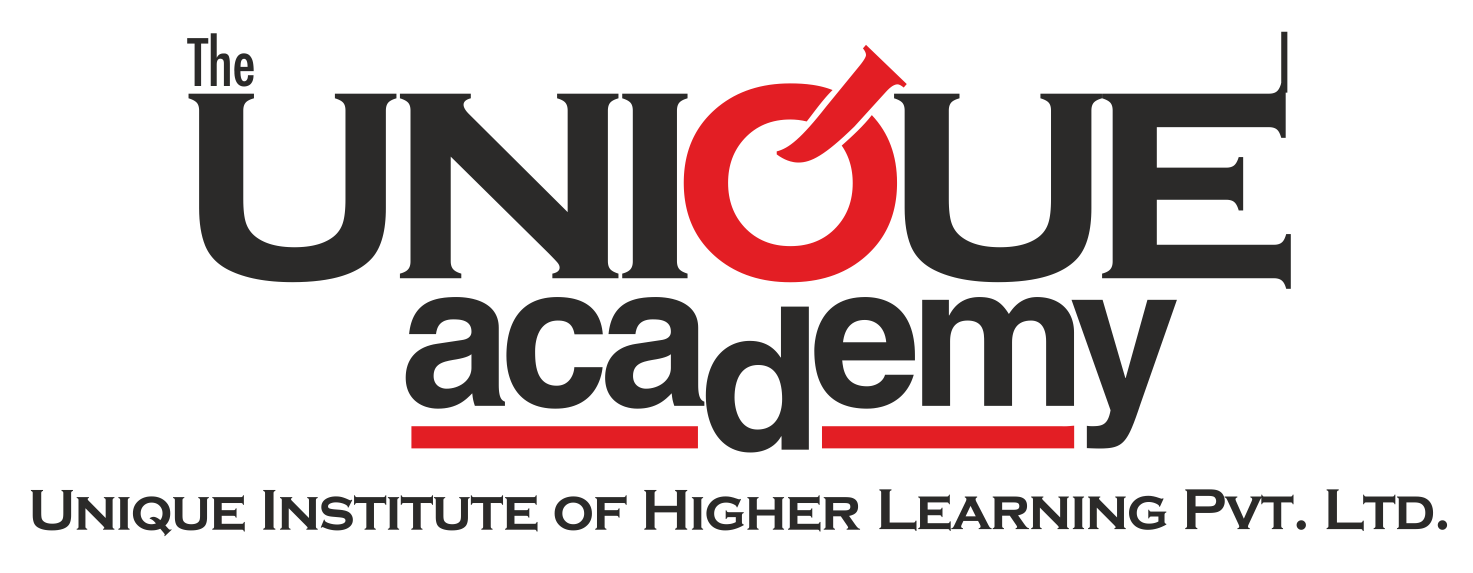
Inflation
About
Inflation refers to the rate at which the general level of prices for goods and services in an economy rises over a period of time, leading to a decline in the purchasing power of money.
Key Concepts of Inflation
- Types of Inflation:
- Demand-Pull Inflation: Occurs when demand for goods and services exceeds supply, driving up prices.
- Cost-Push Inflation: Happens when production costs (e.g., wages, raw materials) rise, leading to higher prices for consumers.
- Built-In Inflation: Results from a cycle of wage increases and rising prices, often sustained by inflationary expectations.
- Measurement:
- Consumer Price Index (CPI): Measures the change in retail prices of a basket of goods and services consumed by households.
- Wholesale Price Index (WPI): Tracks changes in wholesale prices before products reach consumers.
- GDP Deflator: Measures the change in prices of all domestically produced goods and services in an economy.
- Causes:
- Monetary Factors: Excess money supply due to loose monetary policy.
- Supply-Side Shocks: Disruptions in the supply chain, like oil price hikes.
- Fiscal Policy: Excessive government spending leading to demand exceeding supply.
- Imported Inflation: When imported goods become expensive due to currency depreciation or global price rises.
- Types Based on Severity:
- Creeping Inflation: Slow and manageable (1-3% annually).
- Walking Inflation: Moderate rate (3-10%), can affect economic stability.
- Galloping Inflation: Rapid price increases (10-50%), detrimental to the economy.
- Hyperinflation: Extremely high inflation (over 50% per month), leading to economic collapse.
Effects of Inflation
- Positive Effects:
- Encourages spending and investment if moderate, as holding money loses value.
- Helps borrowers as debt repayment becomes cheaper in real terms.
- Negative Effects:
- Reduces purchasing power, especially for fixed-income groups.
- Erodes savings as returns may not keep up with rising prices.
- Can lead to uncertainty, discouraging long-term investment.
- Worsens income inequality if wages don't rise proportionally.
Control of Inflation
- Monetary Policy:
- Interest Rates: Central banks, like the RBI, increase interest rates to reduce money supply.
- Open Market Operations (OMO): Selling government securities to reduce liquidity.
- Cash Reserve Ratio (CRR): Increasing CRR to limit funds available to banks.
- Fiscal Policy:
- Reducing Government Spending: To curb demand-pull inflation.
- Increasing Taxes: To reduce disposable income and control demand.
- Supply-Side Measures:
- Removing supply bottlenecks.
- Increasing production through subsidies or incentives.
- Other Measures:
- Inflation Indexation: Adjusting wages or contracts to account for inflation.
- Price Controls: Imposing limits on price increases (though this can distort markets).
Core Inflation vs Headline Inflation
Core Inflation and Headline Inflation are two distinct measures of inflation that provide different insights into price changes in an economy.
- Core Inflation
- Definition: Core inflation measures the change in the overall price level of goods and services excluding volatile items like food and fuel. These are excluded because their prices can fluctuate significantly due to seasonal or external factors, making it harder to gauge underlying inflation trends.
- Purpose:
- Reflects the long-term trend in inflation.
- Helps policymakers focus on the underlying inflationary pressures unaffected by temporary shocks.
- Importance:
- More stable and less prone to short-term volatility.
- Used by central banks (e.g., the Reserve Bank of India) to frame monetary policies.
- Calculation in India:
- Based on the Consumer Price Index (CPI) but excludes food and energy components.
- Headline Inflation
- Definition: Headline inflation includes the price changes of all items, including food and fuel, reflecting the overall cost of living.
- Purpose:
- Provides a comprehensive picture of the actual changes in the cost of goods and services that consumers face.
- Importance:
- Captures the immediate impact of price changes on households.
- Influences public perception of inflation, as it directly affects everyday expenses.
- Calculation in India:
- Based on CPI or Wholesale Price Index (WPI), depending on the context.
Examples
- Core Inflation:
- If the prices of fruits and vegetables spike due to bad weather, this will not affect core inflation, as these are excluded.
- If healthcare or education costs rise, core inflation reflects this change.
- Headline Inflation:
Relevance in India
- The Reserve Bank of India (RBI) focuses on core inflation to assess underlying inflation trends and frame monetary policies like interest rate changes.
- Headline inflation, however, is closely watched by the public and policymakers for its impact on household budgets and overall economic sentiment.

